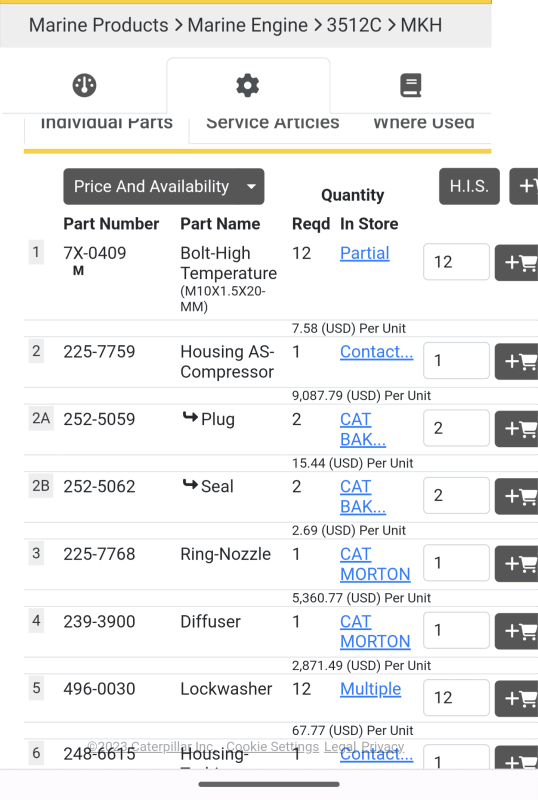JohnRBaker
Mechanical
While I'm not aware of any accidents caused by this situation, yet, it would seem that it's just a matter of time before something serious might happen which could result in a tragedy:
Escalating scandal grips airlines including American and Southwest, wreaking havoc on flight delays and cancellations as nearly 100 planes find fake parts from company with fake employees that vanished overnight
John R. Baker, P.E. (ret)
Irvine, CA
Siemens PLM:
The secret of life is not finding someone to live with
It's finding someone you can't live without
Escalating scandal grips airlines including American and Southwest, wreaking havoc on flight delays and cancellations as nearly 100 planes find fake parts from company with fake employees that vanished overnight
John R. Baker, P.E. (ret)
Irvine, CA
Siemens PLM:
The secret of life is not finding someone to live with
It's finding someone you can't live without

